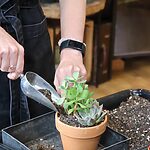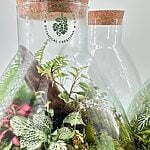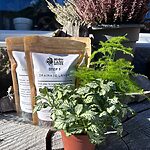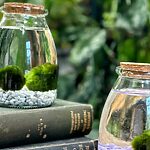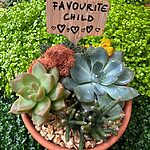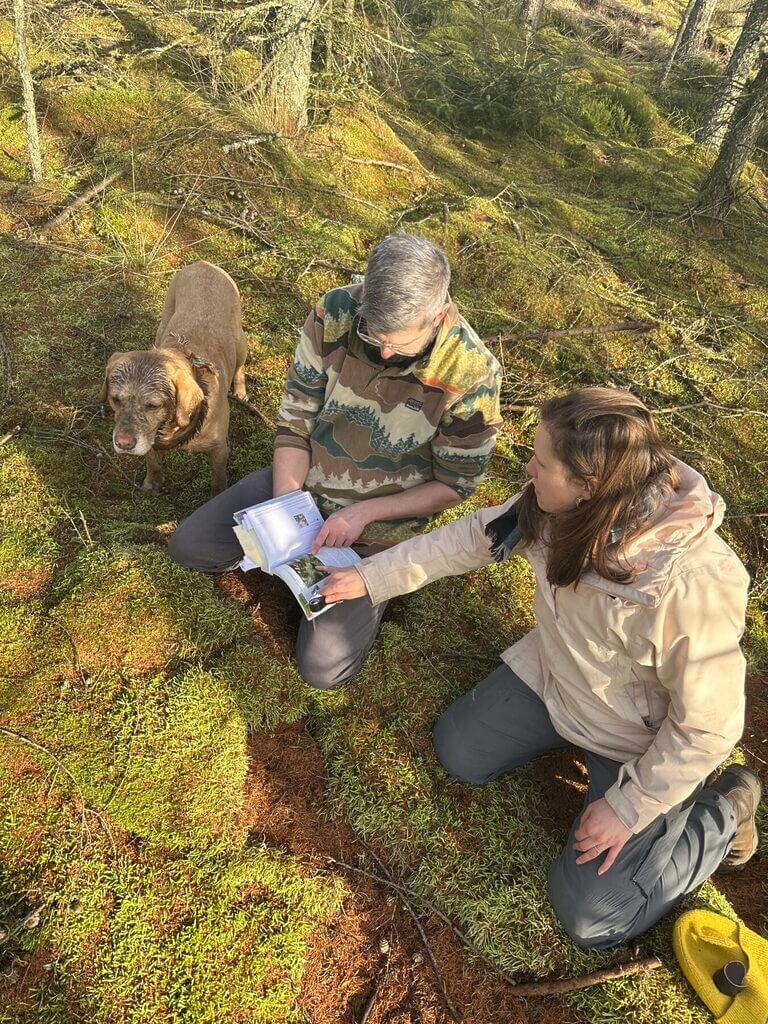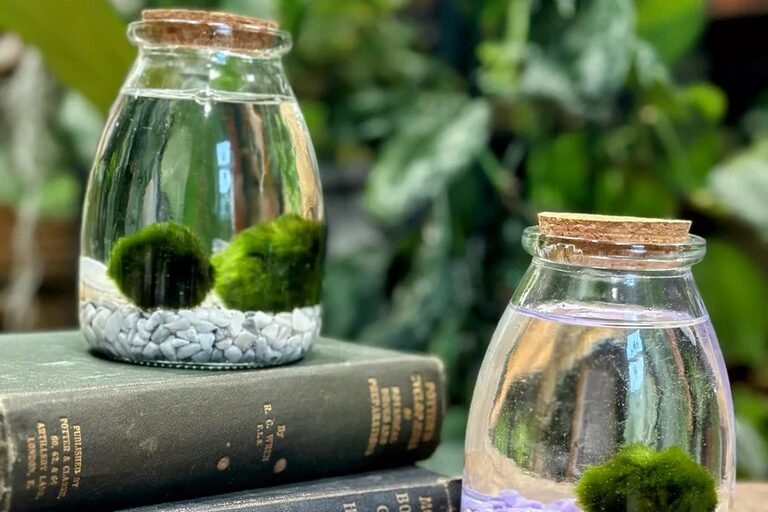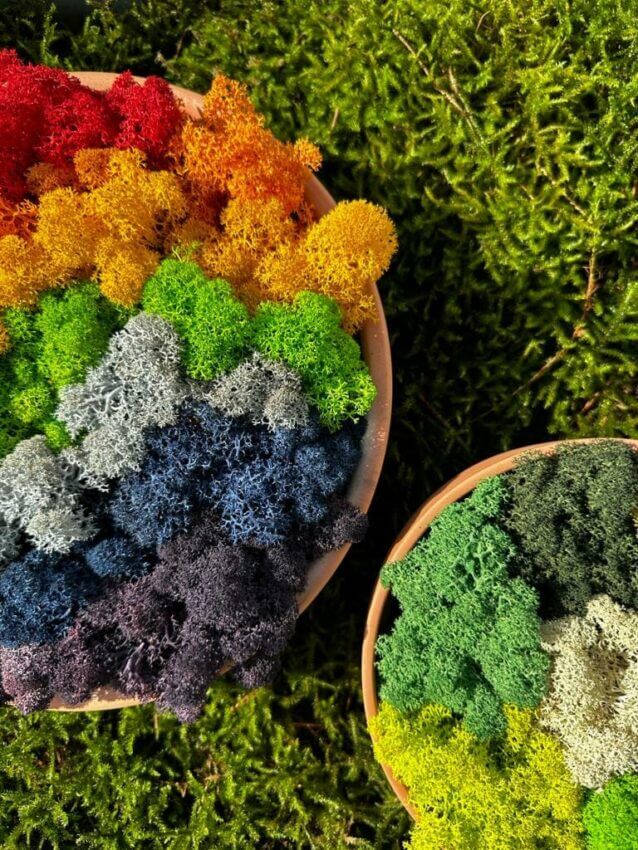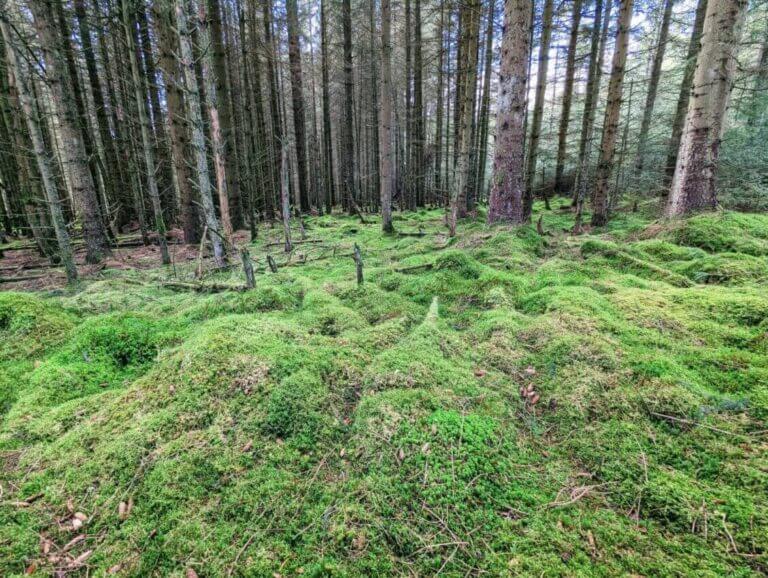
- What is Sphagnum Moss?
- Sphagnum Moss vs. Peat Moss
- The Benefits of Sphagnum Moss
- Sustainable Reusable Packaging
- Using Sphagnum Moss for Christmas Wreaths
- Lining Hanging Baskets with Sphagnum Moss
- Sphagnum Moss in Reptile and Vivarium Setups
- Crafting Kokedama and Other Creative Projects with Sphagnum Moss
- Sphagnum Moss subspecies Gallery North East Scotland
- Conclusion
Sphagnum Moss vs. Peat Moss
While often confused, sphagnum moss and peat moss are different. Sphagnum moss grows in mats and has acidic properties that suppress bacterial growth, making it historically valuable as an effective wound dressing during World War I. Peat moss, on the other hand, forms from compressed sphagnum moss in water-logged conditions over thousands of years.
Our products, including potting mixes, are peat-free to help preserve peatlands. We collect only the top 5-10cm of fresh sphagnum moss from private forests before heavy machinery can destroy it.
The Benefits of Sphagnum Moss
For Terrariums and Bog Bowls
Sphagnum moss is ideal for terrariums and bog bowls, providing a humid environment that supports various plant species, including carnivorous plants. It creates an excellent habitat for tropical animals and is widely used in farms and zoos, such as London Zoo (one of our latest clients).
Gardening and Houseplants
Sphagnum moss is a fantastic propagation medium for plant cuttings. It can be used to create a propagation box by placing plant cuttings like Monstera, String of Hearts, Begonia, Peperomia, or Philodendron on top of a layer of sphagnum moss in a container. Sphagnum moss can also be used in carnivorous bowls, Christmas wreaths, and as a component in potting mixes for aroids like Monstera or Anthurium.
Soil Topper
Sphagnum moss works as an excellent soil topper for indoor and outdoor plants sensitive to dry soil. It acts like a sponge, holding water and slowly releasing it into the soil, extending the time plants can survive without watering.
Kokedama and Succulent Projects
Sphagnum moss is perfect for creating kokedama (moss ball planters), succulent Christmas trees, and succulent wreaths. Its lightweight and excellent moisture retention properties prevent it from becoming overly soggy, reducing the risk of root rot.
Sustainable Reusable Packaging
Because sphagnum moss thrives in high humidity, our moss is packed in reusable zip bags. These bags are perfect for long-term storage and can be reused for propagation, keeping soil, or other botanical projects.

Reuse and Sustainability
At Highland Moss, we ensure zero sphagnum moss waste. The best quality moss is sold to customers and used in various products, including moss poles, carnivorous bowls, terrariums, and workshops. Less perfect moss is used in potting mixes or as habitats for tropical animals. We also restore and grow back sphagnum moss in controlled high-humidity environments, allowing it to thrive again even after drying out.

Cuttings and wet stick propagation in Sphagnum Moss
Use a glass or plastic box, and fill in with fresh, moist sphagnum moss. Place your wet stick or cuttings on the top. Cover and wait! Higher humidity and temperature will speed up the roots growing process. Check time to time and open for fresh air.

Monstera cutting propagated in fresh sphagnum moss
For larger cuttings like monstera, philodendron or snake plants use tall containers. Fill in with sphagnum moss, and place cuttings (make sure the nodes are covered with moss). Spray to keep the moss moist but not soggy wet!

Sphagnum Moss in Terrarium
Sphagnum moss due to its antibacterial properties and ability to hold water is ideal for your terrarium. Use it as a layer between soil and pebbles and use as a part of a terrarium potting mix.

Carnivorous bowls with sphagnum moss
Creating a bog bowl for carnivorous plants is an excellent method to utilise fresh, live Sphagnum Moss. It offers both aesthetic and practical advantages. A bog bowl serves as a compact bog, a wetland ecosystem that replicates the natural habitat of carnivorous plants, promoting their growth. By simulating this wetland environment in a container, you provide carnivorous plants with the ideal conditions needed for their health.
Carnivorous plants provide a natural and efficient way to address fungus gnat problems often found in houseplant collections. Opting for carnivorous plants over pesticides is a safer and more eco-friendly choice, benefiting not only humans and plants but also the beneficial insects essential for a balanced ecosystem.
Using Sphagnum Moss for Christmas Wreaths
Sphagnum moss is a fantastic choice for creating natural, rustic Christmas wreaths. Its soft, fibrous texture makes it easy to shape and mold around wreath frames, providing a beautiful, organic base for adding festive elements like pine cones, berries, and ribbon. Not only does sphagnum moss enhance the visual appeal of wreaths with its natural green and brown tones, but it also retains moisture, helping to keep the wreath fresh throughout the holiday season. Whether you’re making a traditional or modern wreath, sphagnum moss offers a versatile and eco-friendly option for holiday decorations.
Lining Hanging Baskets with Sphagnum Moss
Sphagnum moss is widely used for lining hanging baskets, providing both functional and aesthetic benefits. Its excellent water retention properties help keep the soil moist, which is particularly beneficial for plants in hanging baskets that are exposed to wind and sun. The moss creates a natural and attractive liner that holds the soil in place while allowing excess water to drain away, preventing root rot. This makes it an ideal choice for a variety of plants, from ferns to flowering annuals. By using sphagnum moss, gardeners can create stunning, lush displays that are both beautiful and healthy.
Sphagnum Moss in Reptile and Vivarium Setups
Reptile enthusiasts often turn to sphagnum moss for its ability to create a high-humidity environment, which is crucial for the health of many reptiles, amphibians, and invertebrates. Sphagnum moss can be used in vivariums to maintain moisture levels, aiding in shedding and providing a suitable environment for egg laying. Its natural ability to retain water makes it an excellent substrate for moisture-loving species, helping to replicate their natural habitats. Additionally, sphagnum moss is soft and comfortable, making it a safe choice for reptiles to burrow into or use as a hiding spot.
Crafting Kokedama and Other Creative Projects with Sphagnum Moss
Sphagnum moss is a key material in the creation of kokedama, the Japanese art of making moss ball planters. Its ability to hold moisture and its pliability make it perfect for wrapping around soil to create these unique, self-contained planters. Beyond kokedama, sphagnum moss can be used in a variety of other craft projects, such as succulent wreaths, fairy gardens, and floral arrangements. Its natural, earthy appearance adds a touch of nature to any craft, making it a popular choice for artists and hobbyists looking to bring the outdoors inside.
Sphagnum Moss subspecies Gallery North East Scotland
Conclusion
Sphagnum moss is a versatile and invaluable resource for gardening, crafting, and creating habitats. Its distinctive properties render it essential for numerous applications, including propagation, moisture retention, decoration, and sustainability initiatives. It is perfect for cultivating succulents, Christmas wreaths, kokedama, and as a soil topper or a component in potting mixes. Sphagnum moss also plays a crucial role in the creation of both open and closed terrariums, aiding in humidity control and water retention.



